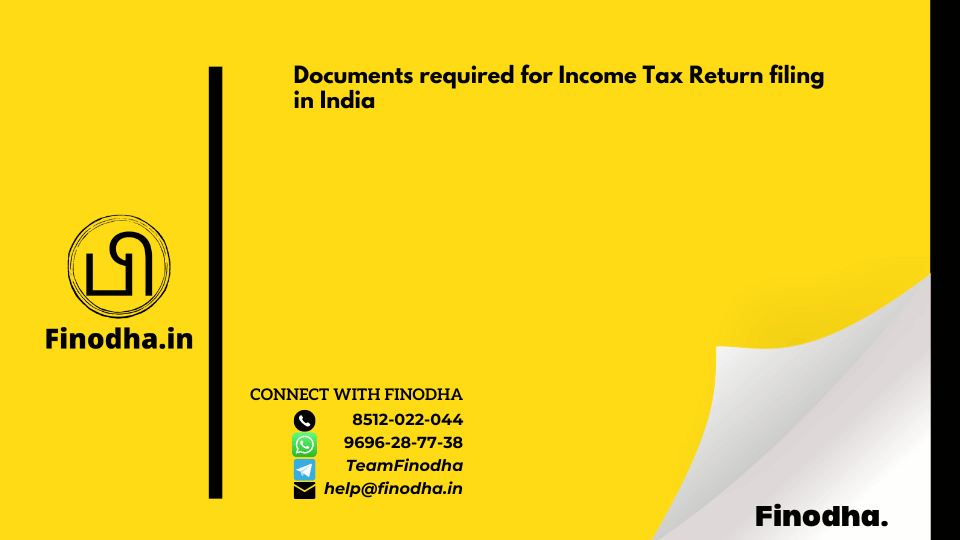Important Keyword: Aadhaar, Business and Profession Income, Capital Gains, Income from House Property, Income Source,...


Important Keyword: Aadhaar, Business and Profession Income, Capital Gains, Income from House Property, Income Source,...

Important Keyword: Business and Profession Income, Capital Gains, Income from House Property, Income Source. Set Off...

Important Keyword: Business and Profession Income, ITR-3, ITR-4 Business and Profession CodesList of Codes for...
Important Keyword: Business and Profession Income, Income Tax Rates, STT, Trading Income. STT: Securities Transaction...
Important Keyword: Audit Report, Business and Profession Income, Section 44AB. Who is Required to Maintain Books of...
Important Keyword: Business and Profession Income, Section 80C, Section 80D, Section 80E, tax deductions. Claim...
Important Keyword: Business and Profession Income, Presumptive Taxation Scheme. What is Section 44ADA of the Income...
Important Keyword: Business and Profession Income, Presumptive Taxation Scheme, Section 44AD. Section 44AD:...
Important Keyword: AMT, Business and Profession Income, Chapter VI-A, Slab Rates. AMT - Alternative Minimum Tax under...
Important Keyword: Business and Profession Income, Income Tax Act, MAT, Minimum Alternate Tax. What is Minimum...